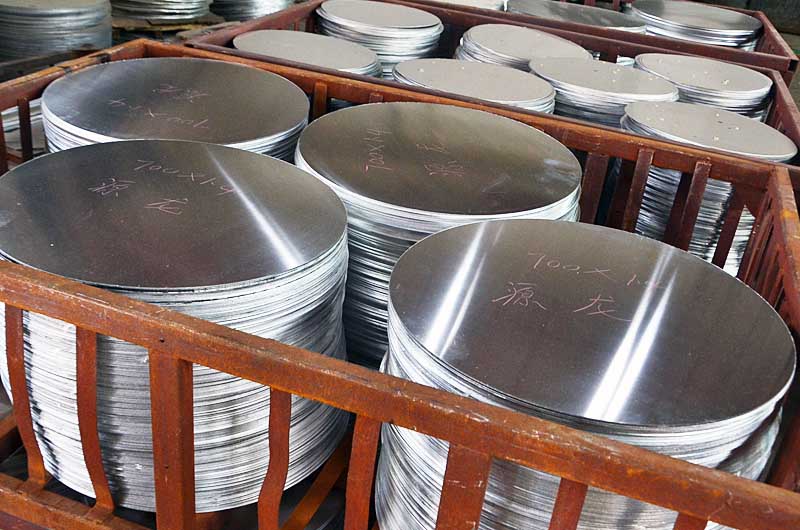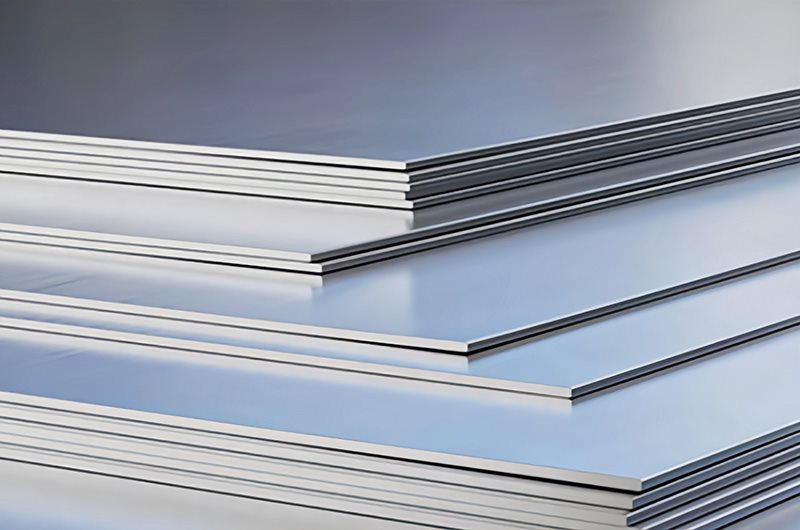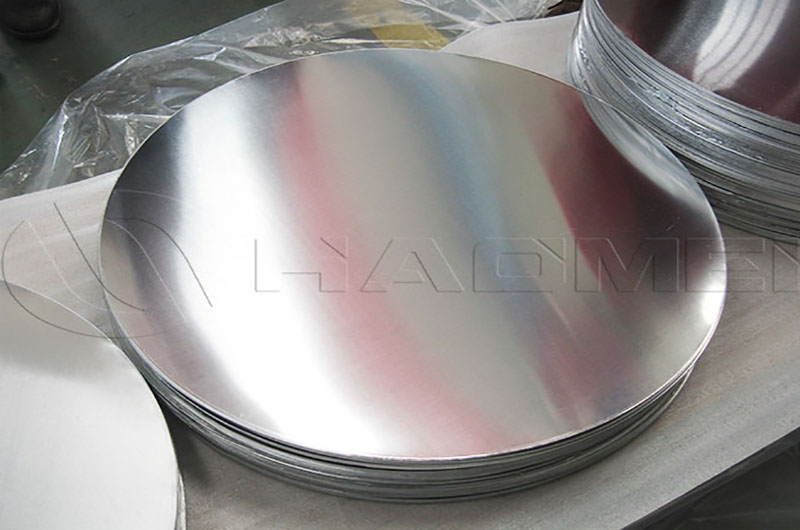- Aluminum Disc 1060 Spinning Features
- Advantages of spinning compared to other processing methods
- 1060 spun aluminum disc specifications
- Aluminum Disc 1060 Spinning Chemical Composition
- Aluminum Disc 1060 Spinning Physical Properties
- Aluminum Disc 1060 Spinning Mechanical Properties
- Aluminum disc 1060 spinning applications
- Precautions when using 1060 aluminum plate spinning
Aluminum disc 1060 spinning refers to the process of using a disc made of aluminum alloy 1060 and spinning it to create various shapes or parts. The properties of aluminum alloy 1060 make it particularly suitable for spinning, as it can easily conform to the desired shape without cracking or breaking.
In the world of metalworking, precision and versatility reign supreme. Among the many techniques employed, spinning emerges as a reliable method, especially when forming aluminum disks such as elastomeric 1060 alloy.

Spinning, also known as spin forming or metal spinning, this method requires a 1060 aluminum disc to be fixed on a lathe and rotated at high speed on the lathe. Specialized tools called mandrels or rollers then apply pressure to the metal, coaxing it into the desired shape.
The advantages of spinning are its simplicity and adaptability. By controlling the speed of rotation, applied pressure and tool movement, craftsmen can shape complex shapes with extreme precision. This flexibility makes spinning suitable for a variety of products.
Aluminum Disc 1060 Spinning Features
- Processability: Excellent, suitable for spinning, forming, stamping and other manufacturing processes.
- Corrosion resistance: Suitable for many applications, but not as high as some alloy aluminum grades such as the 3xxx or 5xxx series.
- Solderability: Excellent, but care should be taken to avoid hot cracking.
Aluminum alloy 1060 is commonly used in applications where its high electrical and thermal conductivity is beneficial, such as electrical components, radiators, reflectors, cookware, and various decorative applications. Its ease of fabrication and relatively low cost also make it a popular choice for spinning operations, allowing it to be formed into a variety of shapes with relative ease.
Advantages of spinning compared to other processing methods
- 1. Cost-Effectiveness: Unlike techniques like casting or stamping, spinning requires minimal tooling, reducing initial setup costs. Additionally, its efficient use of materials minimizes waste, making it an economical choice for mass production.
- 2. Enhance strength: Through the spinning process, the molecular structure of 1060 aluminum is refined and its mechanical properties are enhanced. This results in components with exceptional strength and durability, ideal for applications requiring structural integrity.
- 3. Seamless forming: Spinning helps create seamless shapes without the need for welding or joining processes. This not only enhances aesthetics but also reduces potential weaknesses in the final product.
- 4. Design freedom: Complex geometries and customized contours can be easily achieved through rotation.
- 5. Surface finish: The spinning process gives 1060 aluminum parts a smooth surface finish, reducing the need for extensive post-processing. This saves time and resources while ensuring a great final look.
Aluminum 1060 is the best choice for spinning due to its good properties. Composed primarily of aluminum and trace amounts of other elements, this alloy has excellent formability and ductility. Its high thermal and electrical conductivity further enhances its suitability for applications ranging from cookware to lighting fixtures.

In addition, 1060 aluminum has excellent corrosion resistance, ensuring a long service life even in harsh environments. Its lightweight nature provides additional advantages, making it an attractive option for industries such as aerospace and automotive where weight reduction is a priority.
1060 spun aluminum disc specifications
- Thickness: The thickness of aluminum pans typically varies from a few millimeters to several centimeters, depending on the application. For spinning, thinner gauges are preferred to facilitate shaping without compromising structural integrity.
- Diameter: The diameter of the aluminum disc determines the maximum size of the spun part. Larger diameters require sturdy machinery and may require additional support to prevent deformation during rotation.
- Tolerances: Precision is critical for metal spinning, and tight tolerances ensure uniformity and consistency between components. Adherence to specified dimensional tolerances minimizes variation and ensures compatibility with assembly requirements.
- Surface Finish: Surface finish requirements may vary depending on the intended application. While some applications require a mirror-like finish, others prioritize functional aspects such as texture or coating compatibility.
- Material Condition: The condition of the aluminum 1060 material (whether annealed or work hardened) affects its formability during spinning. Annealed materials offer greater ductility, which facilitates complex shapes, while work-hardened materials offer increased strength and springback resistance.
Aluminum Disc 1060 Spinning Chemical Composition
Aluminum (Al): 99.6%
Other Elements: 0.4% (maximum), which may include impurities like iron (Fe), silicon (Si), copper (Cu), manganese (Mn), magnesium (Mg), zinc (Zn), and titanium (Ti), among others.
Aluminum Disc 1060 Spinning Physical Properties
- Density: 2.7 g/cm³
- Melting Point: 660.3°C (1220.5°F)
- Electrical Conductivity: 61.0% IACS (International Annealed Copper Standard)
- Thermal Conductivity: 237 W/(m·K) at 25°C
- Coefficient of Thermal Expansion: 23.5 x 10^-6 /°C (20-100°C)
Aluminum Disc 1060 Spinning Mechanical Properties
- Tensile Strength: 55-95 MPa (8000-14000 psi)
- Yield Strength: 35 MPa (5100 psi)
- Elongation at break: 20-30% (in 50 mm)
- Hardness (Brinell): 19 HB
These mechanical properties can vary depending on factors such as processing, heat treatment, and manufacturing methods.
Aluminum disc 1060 spinning applications
The versatility of aluminum disc 1060 spinning is demonstrated in numerous applications in different industries.
- Lighting fixtures: From lampshades to reflectors, spun aluminum components illuminate spaces in an elegant and efficient way. Aluminum's reflective properties enhance light distribution, while its lightweight properties simplify installation and maintenance.
- Cookware: The thermal conductivity of aluminum 1060 makes it ideal for cookware applications. Spun aluminum pots, pans and lids provide fast, even heat distribution for precise cooking results.
- Auto Parts: In the automotive sector, spun aluminum parts are used in exhaust systems, fuel tanks and trim parts. Its lightweight construction helps improve fuel efficiency and enhance vehicle performance.
- Aerospace Structures: The aerospace industry utilizes 1060 aluminum spinning to create components such as satellite casings, propulsion system components, and instrument housings. The alloy combines strength and weight reduction to meet the stringent requirements of aerospace applications.
- Architectural Features: Spun aluminum trim adorns the structure, from domes and spiers to decorative facades. Their aesthetic appeal, combined with durability and weather resistance, make them a popular choice for enhancing the appearance of a building.
Precautions when using 1060 aluminum plate spinning
While aluminum disc 1060 spinning offers countless benefits, adhering to safety protocols and best practices is critical to ensuring optimal results and reducing risk.
- 1. Material Handling: Use caution when handling the 1060 aluminum pan to ensure it is placed securely on the lathe and provides adequate support to prevent displacement or vibration during rotation. Avoid mechanical overloading to prevent accidents.
- 2. Tool Selection and Maintenance: Regularly inspect rotating tools for signs of wear or damage and replace or refurbish them as needed to maintain performance and accuracy. Optimize efficiency and quality with the right tool configuration for different spinning tasks.
- 3. Quality Control: Strict quality control measures are implemented throughout the spinning process, including dimensional inspections, surface finish assessments and material testing. Identify and correct deviations promptly to maintain product integrity and customer satisfaction.
Aluminum disc 1060 spinning becomes a versatile and transformative process that provides unrivaled flexibility in forming metal parts for a variety of applications. From its cost-effectiveness and design freedom to its superior strength and seamless forming capabilities, spinning embodies the artistry and ingenuity of metalworking.





